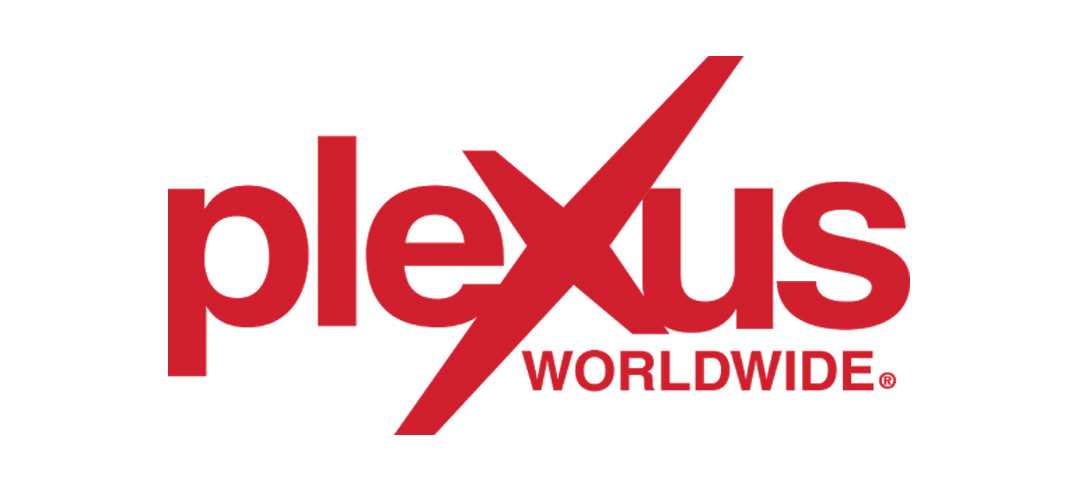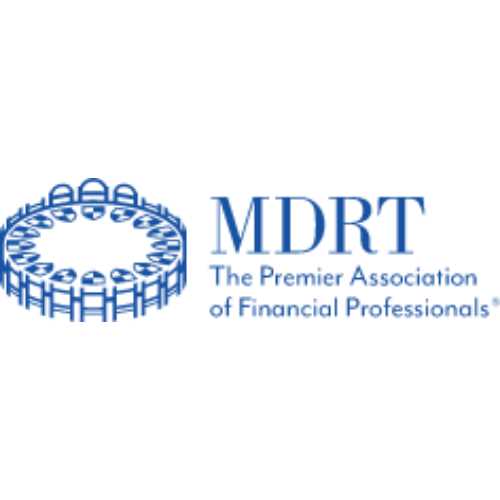As always, Brent is able to captivate the audience with relevant research on the buyer journey / confidence, real world client examples and high energy on stage. He connects with the audience and provides thought provoking content, ideas and questions every time I hear him speak. We will welcome him back again in the future.
Expedient Helpful 0Brent Adamson
- Highly Respected Researcher, Author, Speaker, Trainer, And Advisor In Revolutionizing the B2B And B2C Sales Industries.
- Co-author Of Best Selling Books "The Challenger Sale" And "The Challenger Customer"
- His Research Has Significantly Influenced The Way Business Approach Sales And Marketing
In Person-Fee 🛈
$20,000 - $30,000
Virtual Fee:
$20,000 - $30,000
Travels From
District of Columbia
Brent Adamson Speaker Biography
Brent Adamson is a world-renown researcher, author, presenter, trainer, and advisor to B2B commercial executives around the world.
Known as having the “biggest crystal ball in B2B sales,” Brent is the co-author of the best-selling, industry changing The Challenger Sale and The Challenger Customer. He is also a frequent contributor to well-known business publications, including the Harvard Business Review, featuring his recent articles, “Sensemaking for Sales” and “Traditional B2B Sales and Marketing Are Becoming Obsolete.” A world-class facilitator and speaker, Brent has presented to tens of thousands of commercial leaders all over the world.
Especially well known for his passion for “productive disruption,” Brent served as the “chief storyteller” for CEB, now Gartner’s, sales, marketing, and customer service practices from 2003 to 2022. Brent is currently Co-Founder of A to B Insight, where he continues his research and advisory work. He is also Co-Founder of Qoos, a cutting-edge, AI-guided micro-coaching platform.
His forthcoming book, The Framemaking Sale, is due out Sept. 9, 2025.
A native of Omaha, Nebraska, Brent received his MBA with distinction from the University of Michigan’s Ross School of Business. Prior to that, he served on the faculty of Michigan State University as a Professor of German and Applied Linguistics. In addition to his MBA, Brent holds a B.A. with distinction in political science from the University of Michigan along with M.A.s in political science and German, and a Ph.D. in applied linguistics from the University of Texas. Brent resides in Leesburg, VA with his wife, two daughters, and rescue dog.
Creating Customer Confidence to Make the Sale
In today’s marketplace, the number one problem companies need to solve in order to increase the likelihood of closing a sale is a lack of customer confidence. Brent Adamson uses his 19+ years of experience and research within B2B and B2C sales to bring you the secret to always closing.
The last three years have created deep, unending uncertainty across industries and the biggest loss isn’t in profits or personnel; it’s a loss of confidence customers experience within themselves. You’ve done your job of instilling confidence in yourself and your product/service, now what you need to do is build the customer’s confidence in themself and their ability to make large-scale decisions on the behalf of their company.
After years of research, Adamson discovered the four significant forces that are eroding and undermining customer confidence.
1. Decision Complexity
While any big decision has some degree of complexity, this only compounds as more and more stakeholders get involved, each with their own competing interests and metrics.
2. Information Overload
Not only are customers being exposed to high quantities of information, but it’s also high quality. This creates friction and confusion and eventually will stall the sale.
3. Implementation Uncertainty
While this is often an after-effect of a sale, implementation uncertainty increases regret and decreases confidence, leading to more problems down the road.
4. Value Opacity
When a value is unclear, or opaque, there is generally a wide gap between the value promise and the value realized by the customer.
More importantly, he figured out how to overcome them. The best sales teams and organizations will use the customer’s lack of confidence to set themselves apart from other teams. This is an opportunity to become a source of confidence creation for your customer and a time to build trust. To do this, you must create frameworks around each point of insecurity. When you solve what they are craving, you give them the ability to believe in themselves and the empowerment to make large-scale decisions for their company.
The Challenger Sale: Taking Control of the Customer Conversation
What's the secret to sales success? If you're like most business leaders, you'd say it's fundamentally about relationships--and you'd be wrong. The best salespeople don't just build relationships with customers. They challenge them.
The need to understand what top-performing reps are doing that their average-performing colleagues are not, drove Matthew Dixon and his colleagues to investigate the skills, behaviors, knowledge, and attitudes that matter most for high performance. And what they discovered may be the biggest shock to conventional sales wisdom in decades.
Based on an exhaustive study of thousands of sales reps across multiple industries and geographies, The Challenger Sale argues that classic relationship building is a losing approach, especially when it comes to selling complex, large-scale business-to-business solutions. The authors' study found that every sales rep in the world falls into one of five distinct profiles, and while all of these types of reps can deliver average sales performance, only one-the Challenger- delivers consistently high performance.
Instead of bludgeoning customers with endless facts and features about their company and products, Challengers approach customers with unique insights about how they can save or make money. They tailor their sales message to the customer's specific needs and objectives. Rather than acquiescing to the customer's every demand or objection, they are assertive, pushing back when necessary and taking control of the sale.
The things that make Challengers unique are replicable and teachable to the average sales rep. Once you understand how to identify the Challengers in your organization, you can model their approach and embed it throughout your sales force. The authors explain how almost any average-performing rep, once equipped with the right tools, can successfully reframe customers' expectations and deliver a distinctive purchase experience that drives higher levels of customer loyalty and, ultimately, greater growth.
An acclaimed international bestseller, The Challenger Sale has been lauded as “the most important advance in selling for many years” (SPIN Selling author Neil Rackham) and “the beginning of a wave that will take over a lot of selling organizations in the next decade.” (Business Insider). The Challenger Sale has sold nearly a million copies worldwide, has been translated into 8 foreign languages and has appeared on the Amazon and Wall Street Journal bestseller lists on multiple occasions since its release.
The Challenger Customer: Selling to the Hidden Influencer Who Can Multiply Your Results
The bestselling authors of The Challenger Sale overturned decades of conventional wisdom with a bold new approach to sales. Now their latest research reveals something even more surprising: Being a Challenger seller isn’t enough. Your success or failure also depends on who you challenge.
Picture your ideal customer: friendly, eager to meet, ready to coach you through the sale and champion your products and services across the organization. It turns out that’s the last person you need.
Most marketing and sales teams go after low-hanging fruit: buyers who are eager and have clearly articulated needs. That’s simply human nature; it’s much easier to build a relationship with someone who always makes time for you, engages with your content, and listens attentively. But according to the latest research from Matthew Dixon and his coauthors—based on data from thousands of B2B marketers, sellers, and buyers around the world—the highest-performing teams focus their time on potential customers who are far more skeptical, far less interested in meeting, and ultimately agnostic as to who wins the deal. How could this be?
The authors of The Challenger Customer reveal that high-performing B2B teams grasp something that their average-performing peers don’t: Now that big, complex deals increasingly require consensus among a wide range of players across the organization, the limiting factor is rarely the salesperson’s inability to get an individual stakeholder to agree to a solution. More often it’s that the stakeholders inside the company can’t even agree with one another about what the problem is.
It turns out only a very specific type of customer stakeholder has the credibility, persuasive skill, and will to effectively challenge his or her colleagues to pursue anything more ambitious than the status quo. These customers get deals to the finish line far more often than friendlier stakeholders who seem so receptive at first. In other words, Challenger sellers do best when they target Challenger customers.
The Challenger Customer unveils a research-based approach that will help sellers and managers to distinguish the "Talkers" from the "Mobilizers" in any customer organization. It also provides a blueprint for finding them, engaging them with disruptive insight, and equipping them to effectively challenge their own organization.
The future of B2B sales, marketing, buying.
Sensemaking for sales
Buyer Enablement
Selling in an evolving commercial context
The role of digital in B2B selling
The Challenger Sale
The Challenger Customer
Creating customer confidence

















January 29, 2024